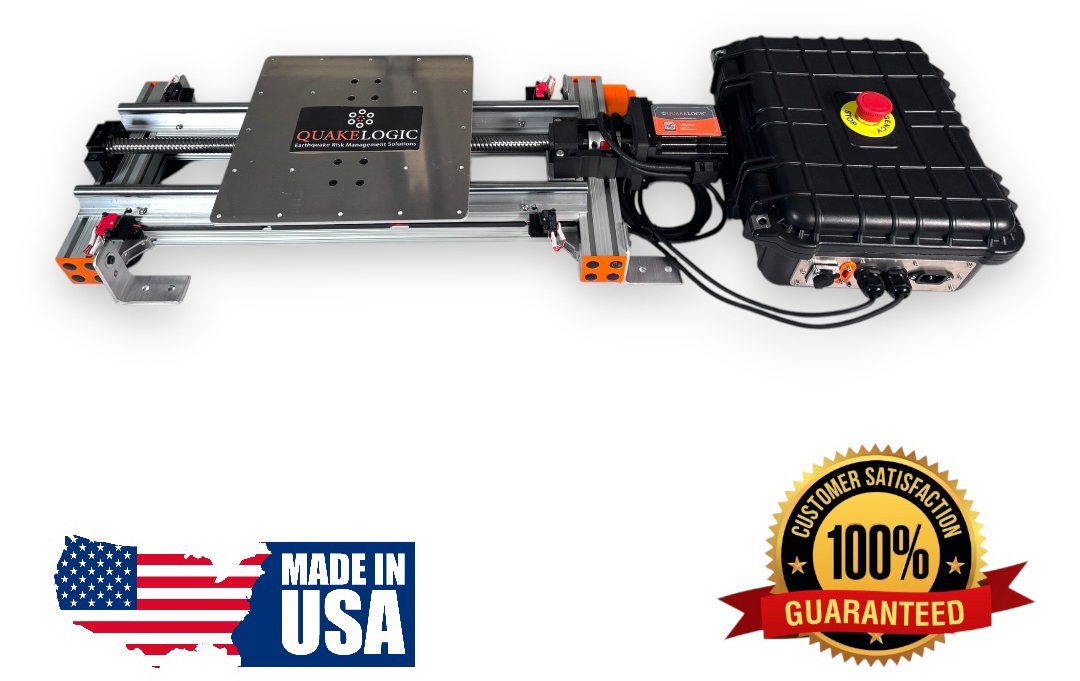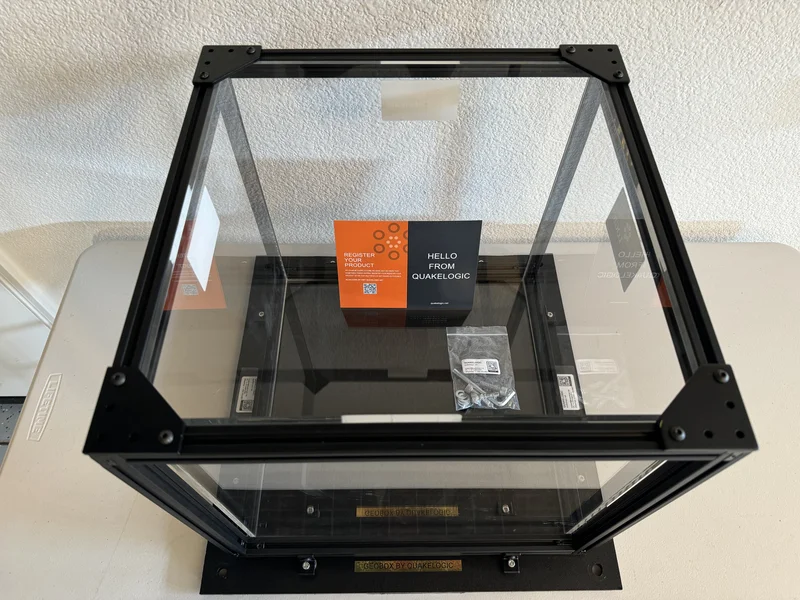Total: $3.500,00



Shakebot is a single-axis shake table designed for earthquake simulation, structural engineering testing, and material science research.
$7.995,00
The SHAKEBOT is a compact, single-axis shake table engineered for earthquake research, structural testing, and educational purposes. With its impressive payload capacity, user-friendly interface, and robust performance features, SHAKEBOT is an invaluable tool for institutions and researchers worldwide.



















































































































